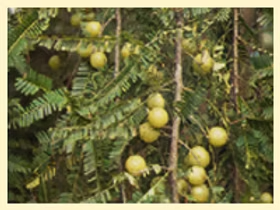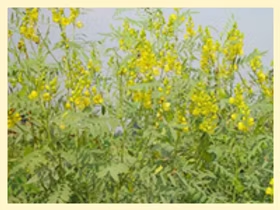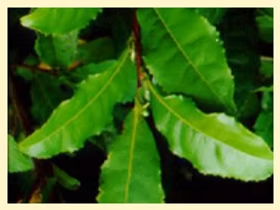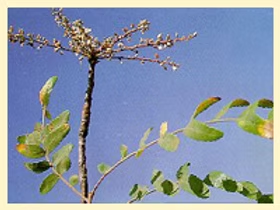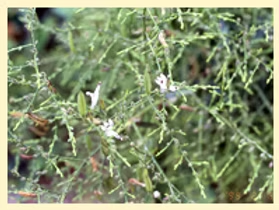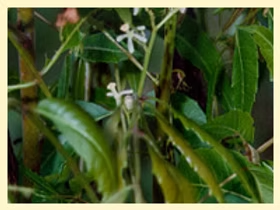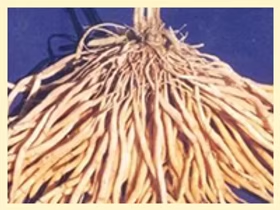Emblica officinalis Gaertn. (Amla) Family: Euphorbiaceae
A deciduous tree common in Indian forests ascending to 4,500 feet on the hills. It is now being commonly cultivated.
The fruit is the richest known natural source of vitamin C. Fruit bark and leaves are rich in tannins. Amla fruits are anabolic, anti-bacterial and resistance building. The aqueous extract of fruit has been reported to provide protection against radiation induced chromosomal damage in both pre and post irradition treatment. The tannoid principles of the fruits exhibit antioxidant activity in vitro and in vivo. Clinical studies indicate amla fruits to be beneficial effects in reducing total serum cholesterol levels.
